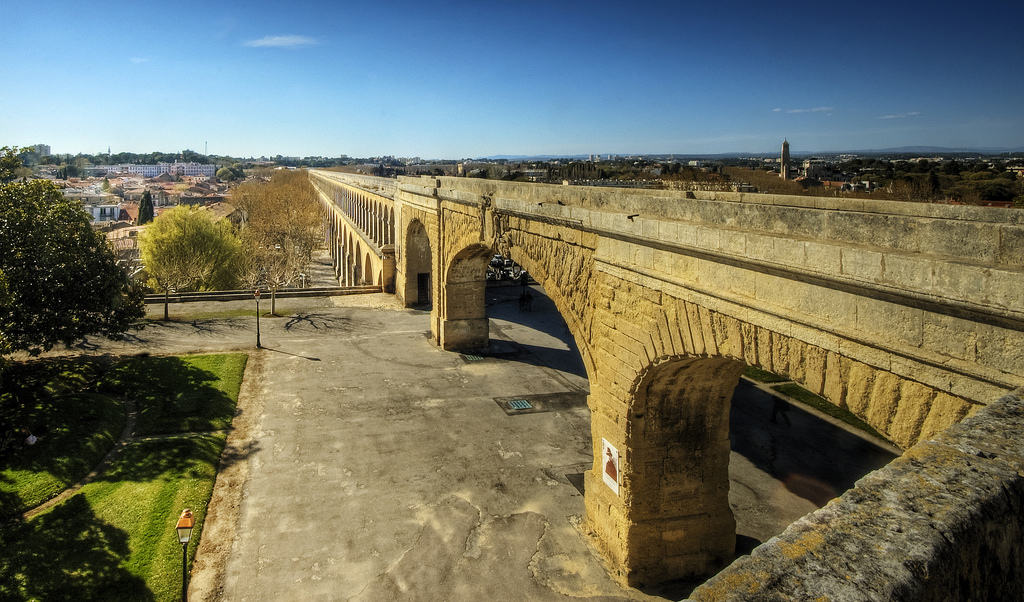The History Of Civil Engineering
From the ancient Egyptian pyramids to the Millau Viaduct, the history of civil engineering is a fascinating read. Here are some of the highlights of this ever-evolving science.
What Is Civil Engineering?
Civil engineering is “the branch of engineering concerned with the design and construction of such public works as dams or bridges”1. Most people remain blissfully unaware of the extent to which civil engineering affects their daily lives. However, the slope to the roads you drive, the cross-bracing in buildings in which you work, and the scenic pull-overs you enjoy in national parks are all made safe by civil engineers. Water and energy systems are designed by civil engineers, as are other public works such as railways, airports, and ports.
Pyramids
The great pyramids of Giza are the iconic versions of a perfected technology. However, there were many failed attempts before the long standing skyline was created in this desert.Several scholars translators and translation companies state that the hieroglyphs The pyramids are also missing their pearly white look as well, it is said that they originally had a shiny limestone coat. The exact angle of slope, the footprint area, and construction methods were developed over several lifetimes. Pyramids exist all over the world, in most cultures. The familiar smooth-sided versions of Giza are in contrast to the step-sided pyramids of other cultures.
Aqueducts
The Roman aqueducts are legendary for their civil engineering, for many reasons. First of all, the Roman arch was perfected with these structures. The placement of a keystone in each arch secures the structure, and is still in use today. However, the slope of the aqueduct is crucial to success, and provided the technology for all water transmission in the future. The slope necessary for optimal water flow is physics at its most basic, yet requires mastery of surveying. The steady, gradual slope over many miles is acquired only through masterful civil engineering, surveying, and construction. The development of electronic pumping stations aids modern civil engineers, but the process is still the same.
Modern Civil Engineering Wonders
The viaduct in Millau, France, is the tallest bridge in the world. You’ll often find yourself travelling above the clouds on this breathtaking bridge. Taller than the tallest building in France, this suspension bridge breaks several world records.
The Tide Barrier Project in Venice, Italy, is another wonder of the modern world. While Venice is the city of water, the tides have wreaked havoc with this incredible engineering success. Added to this is the fact that the city is sinking. The tide wall is comprised of 80 walls built on hinges. Each wall is about 6500 square feet, and designed to be raised to prevent flooding.
The world’s tallest elevator is in Zhangjiajie, China. This glass, exterior elevator is over 1000 feet tall, and located on a cliff over a valley.
The longest underwater pipeline runs from Norway to England. This gas pipeline, when completed, will supply England with 20% of its needs for natural gas. The engineers have developed methods for laying 8 miles of pipeline every day, despite temperatures far below freezing and violent storms.
Whether you drive on roads that successfully shed flood waters, or enjoy a cool drink of water from the kitchen faucet, you are benefitting from the long traditions of successful civil engineering.



